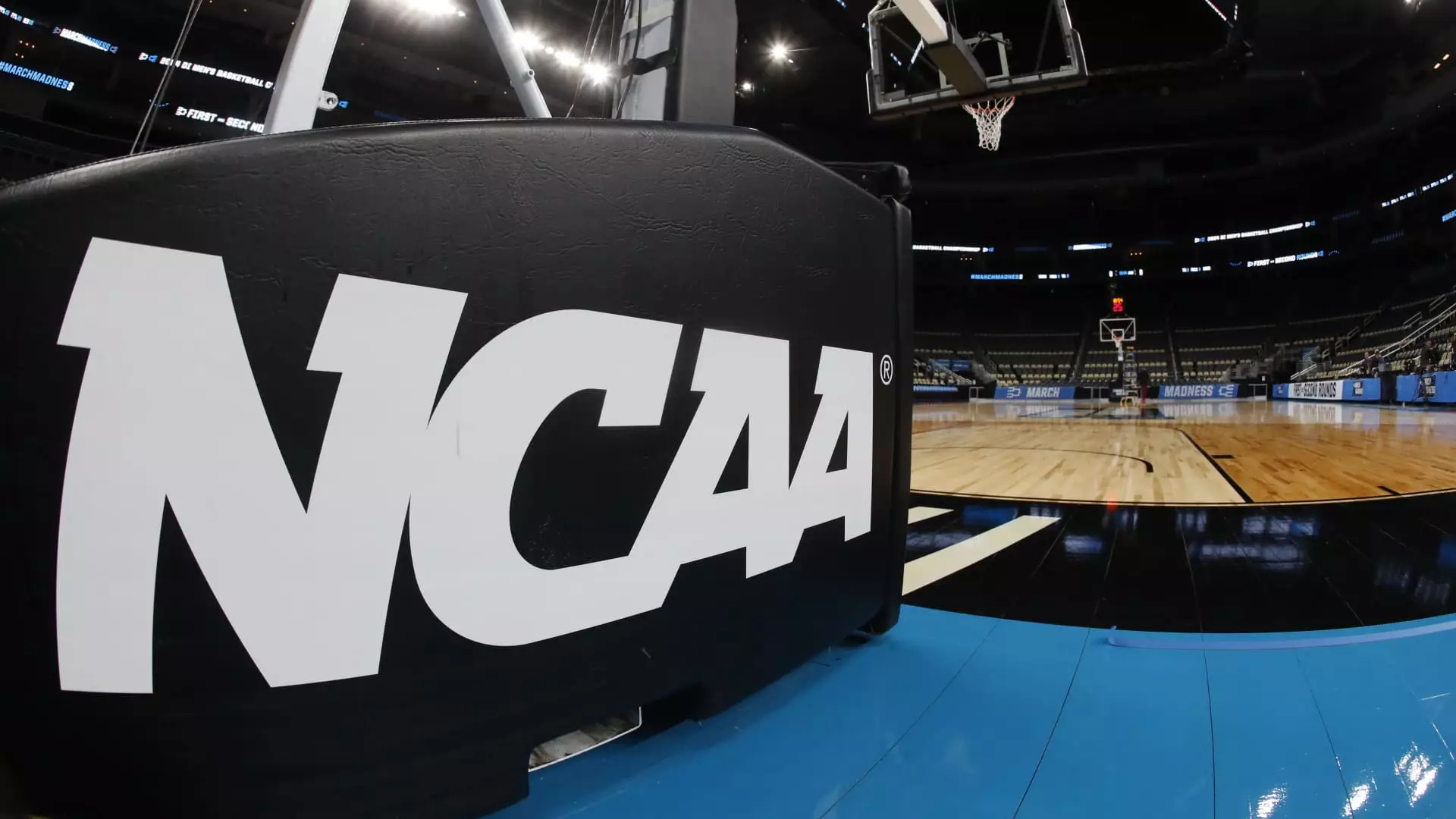The National Collegiate Athletic Association (NCAA) has made headlines recently after implementing a new policy focused on transgender student-athletes. This decision prohibits transgender women—those assigned male at birth—from competing in women’s sports. The policy modification emerged shortly after former President Donald Trump signed an executive order threatening to withdraw federal funding from educational institutions that permit transgender women to compete in female categories. The implications of this policy raise significant concerns regarding inclusivity, fairness, and the future of transgender athletes in collegiate sports.
The NCAA’s announcement marks a profound shift in its approach to regulating the participation of transgender individuals in collegiate athletics. Until this point, the NCAA had predominantly adhered to the standards set by the Olympic governing bodies. These standards previously allowed for a more inclusive approach, permitting transgender athletes to compete based on their identified gender after a specified time following hormone therapy. However, the importance of a uniform policy has been emphasized by NCAA President Charlie Baker, who highlighted the chaos stemming from varying state regulations. His assertion indicates the organization’s desire for consistency—an understandable consideration given the complexity surrounding gender identity in the context of collegiate athletics.
Despite good intentions regarding uniformity, the NCAA’s alignment with the Trump administration’s viewpoint raises concerns about the motivations behind their policy change. Critics argue that this new standard does not fully respect the experiences and identities of trans athletes. By emphasizing a binary understanding of gender, the NCAA risks alienating a significant portion of the athletic population.
The new regulations significantly affect how transgender women and non-binary individuals participate in sports, particularly at a collegiate level. The restriction prohibits trans women from engaging in competitive play, while allowing them to train and access benefits, such as medical care, which seems superficially accommodating. However, this provision effectively sidelines individuals who have asserted their identity but are now barred from formal competition based solely on the sex they were assigned at birth.
Moreover, the policy inadvertently disrupts participation for a spectrum of athletes, including intersex individuals or those undergoing hormone therapy for medical reasons, which could cause significant angst and confusion. The restriction appears to lack a nuanced understanding of the implications of hormonal treatments and gender identity, indicating a need for a more informed approach rooted in medical science and respect for human rights.
The backlash against the NCAA’s decision has been fervent, particularly from LGBTQ+ advocacy groups and prominent figures within the transgender community. For instance, Chris Mosier, a transgender triathlete, criticized the policy for reducing gender into a binary framework that fails to accurately reflect the complexities of individual identities. Mosier’s insight underscores a broader concern—that legal and institutional regulations often lag behind societal understanding of gender, sacrificing inclusivity for the sake of conformity.
Organizations like GLAAD have condemned the NCAA’s move, asserting that the changes are disconnected from established medical and scientific understandings of gender and gender identity. Their statement reflects an urgent call for policies that adequately protect and support all athletes, inclusive of their needs and identities, rather than creating environments that foster exclusion and discrimination.
As the NCAA implements its new transgender athlete policy, the call for immediate and substantial change resonates throughout the sports community. The need for dialogue that incorporates diverse voices and perspectives, particularly those of transgender and non-binary athletes, cannot be overstated. Only by respecting and acknowledging the multifaceted nature of gender identities can organizations like the NCAA build frameworks that foster inclusion rather than exclusion.
The situation calls for a reassessment of policies to ensure that they not only focus on competitive fairness but also prioritize the well-being and identity affirmation of all student-athletes. This incident serves as a pivotal moment for collegiate athletics—a chance to lead the way in advocating for policies that mirror the values of diversity and inclusivity essential in today’s society.

Leave a Reply